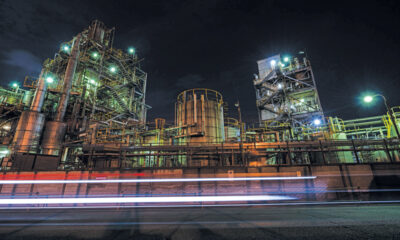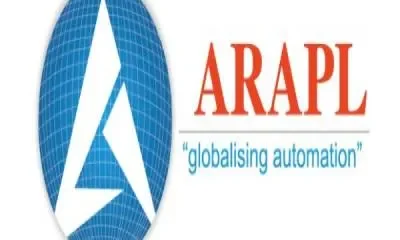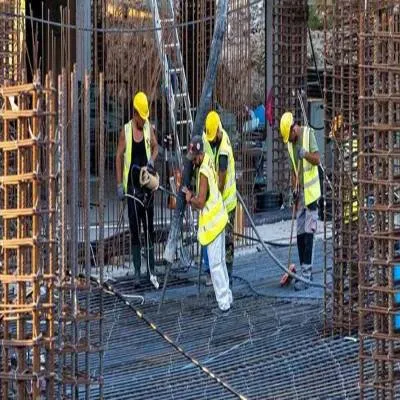Prakhar Shrivastava, Corporate Quality, JK Cement, sheds light on the use of automation and sustainability in processing gypsum.
Explain the role of gypsum in the cement manufacturing process?
Gypsum plays a crucial role in manufacturing cement. It is used to delay cement setting by slowing down the reaction of mixing cement with water to prevent rapid hardening of cement and increase its workability for construction. Gypsum enhances cement strength at all ages. If we grind the clinker without gypsum, then the cement will set immediately after mixing with water and the strength development will be lesser.
What are the proportions of gypsum that are added in various types of cements produced? Tell us in details of the composition and percentage.
Presently different types of gypsum are available and are being added to meet the SO3 in cement, like mineral gypsum, chemical, phospho, marine gypsum, anhydrite, FGD and synthetic gypsum. The composition and percentage depend on the chemistry of clinker and gypsum to adhere to the desired SO3 target in cement. Normally the percentage addition of gypsum is 5 to 8 in cement mix as per gypsum quality and its availability. Few gypsums, which have higher purity above 85 per cent like imported mineral, anhydrite and phospho gypsum usage are less, whereas, Indian mineral gypsum having purity <40 per cent required higher percentage usage to meet the SO3 requirement.
Tell us about the process of obtaining gypsum by your organisation. What are the key resources utilised?
The different sources of gypsum and vendors are identified by our central procurement team. After getting the test report and sample from the supplier, and its testing in our laboratories then clearance by the QC team about the desired quality of gypsum, the procurement of bulk quantity of gypsum gets initiated. The gypsum is transported by road and rail to the plant. The receipt quality and quantity of gypsum is continuously monitored and if any deviation is found, it is immediately informed to the procurement team as well as the vendor. After this, the gypsum is used to feed into the hopper by Raw material handling equipment (eg. JCB, Payloader etc.) and its usage control through a weight feeder from CCR (central control room) to get the desired SO3 level according to the product requirement during the cement manufacturing process.
Tell us about the key technical feasibility factors that make gypsum viable for mixing with cement.
The size, purity, P2O5, chloride and moisture content of gypsum are the key technical feasibility factors that make gypsum viable for its usages. High moisture content and powdery gypsum are a major concern during cement production whereas the dry and adequate size gypsum is easy to use.
Similarly, low purity gypsum required higher usage to meet the SO3 requirement in cement resulted in increased insoluble residue (IR), which affected the product quality and also the fly ash addition in PPC. To consume such a low purity gypsum requirement of high purity gypsums like imported mineral gypsum to meet the SO3 and IR requirement which is not a cost effective solution.
Phospho gypsum has higher P2O5, which causes delay in the setting of cement and lesser early days compressive strength. Hence, it is mandatory to use it in a very controlled manner by blending it with other available gypsums to meet the product quality requirement.
What is the preparation or processing required to make gypsum ready to mix with the clinker?
Presently, preparation or processing of the different types of gypsum is done by handling equipment manually (eg. loader, dozer and JCB, etc.) as per recommended target and quality. Mixed gypsum is then fed to a separate hopper and controlled by a weight feeder and a controlled quantity of gypsum is mixed with clinker in the cement grinding process.
A more suitable solution to prepare uniform gypsum is to mix it separately before feeding
by blending various types of gypsums through
multi hoppers and controlled dosage to get targeted gypsum quality.
How does automation help in obtaining this mineral and increasing productivity of the unit?
The automation gives a timely update about the whole process to track the status and progress of procured material which saves time and avoids delays in procurement. It also helps to increase efficiency by fast process, productivity, growth and profitability of the organisation.
In all our units, the LIMs System has been implemented. All the quality test equipment is linked with the LIMs software and test results are directly transferred in LIMs and SAP. The quality analysis results of each type of gypsum and vendor wise are available in the automation system which helps to identify the deviation and consistency in quality thereby reducing error and confusion.
What are the sustainability measures taken by your organisation in obtaining and processing the desired quality of gypsum?
As part of our sustainability goals we have taken significant measures to replace natural or mineral gypsum with industrial waste. All our manufacturing units are utilising available industrial waste such as chemical gypsum, anhydrite gypsum, FGD, synthetic gypsum etc.
Blending of mineral gypsum with industrial waste as an economical and sustainable solution to replace natural minerals. Promoting a circular economy is our key pillar of the sustainability journey to reduce the environmental impact of our product by replacing natural resource consumption with industrial wastes which in turn has reduced our dependency on natural resources and is economical as well. It benefits our business, society and the environment by eliminating waste and decoupling our growth from the consumption of natural resources.
What are the major challenges faced in handling and obtaining gypsum for the manufacturing process?
The major challenges in handling and obtaining gypsum are moisture, SO3 and purity, which are the key parameters in deciding the quality of gypsum. Some minor elements also affect the quality of gypsum like phosphorus pentoxide and chloride percentage.
The deviation in SO3 content increases or decreases the quantity of gypsum in cement. Also, typically, a decrease in the SO3 content increases the insoluble residues, especially in Indian mineral gypsum, which causes higher IR in cement and lowers the performance/durability of cement.
In chemical gypsum, the main concern is the moisture of material and colour, which directly affects the operation with reference to jamming, choking and product quality.
-Kanika Mathur


 Uncategorized3 weeks ago
Uncategorized3 weeks ago
 Concrete4 weeks ago
Concrete4 weeks ago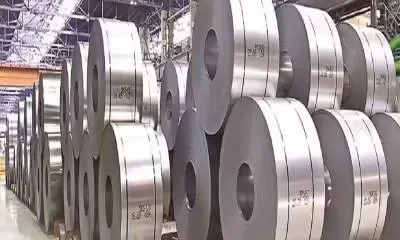
 Uncategorized3 weeks ago
Uncategorized3 weeks ago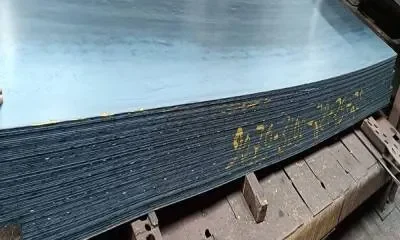
 Uncategorized3 weeks ago
Uncategorized3 weeks ago

